92km Chieti to Vasto (Regio Tratturo)
Vineyards of Chieti
Ride overview
The second stage of the Regio Tratturo links Chieti to Vasto following the old sheep tracks used for centuries by shepherds and their flocks as part of the annual transhumance. This stage crosses the province of Chieti with its vineyards, woods and sea. Sheep don’t grade their climbs but head straight up the hill which can make for some arduous cycling, but also very rewarding. The day is almost entirely off-road unless you wish to wind the way up the next hill by using the bendy almost traffic-free roads. Just when your legs are wearying, you arrive at the sea and ride on a superb example of what a dedicated cycle track can look like; well surfaced, scenic and fun. The day finishes in historic Vasto with its horizon stretching panoramas, good restaurants and appealing streets.
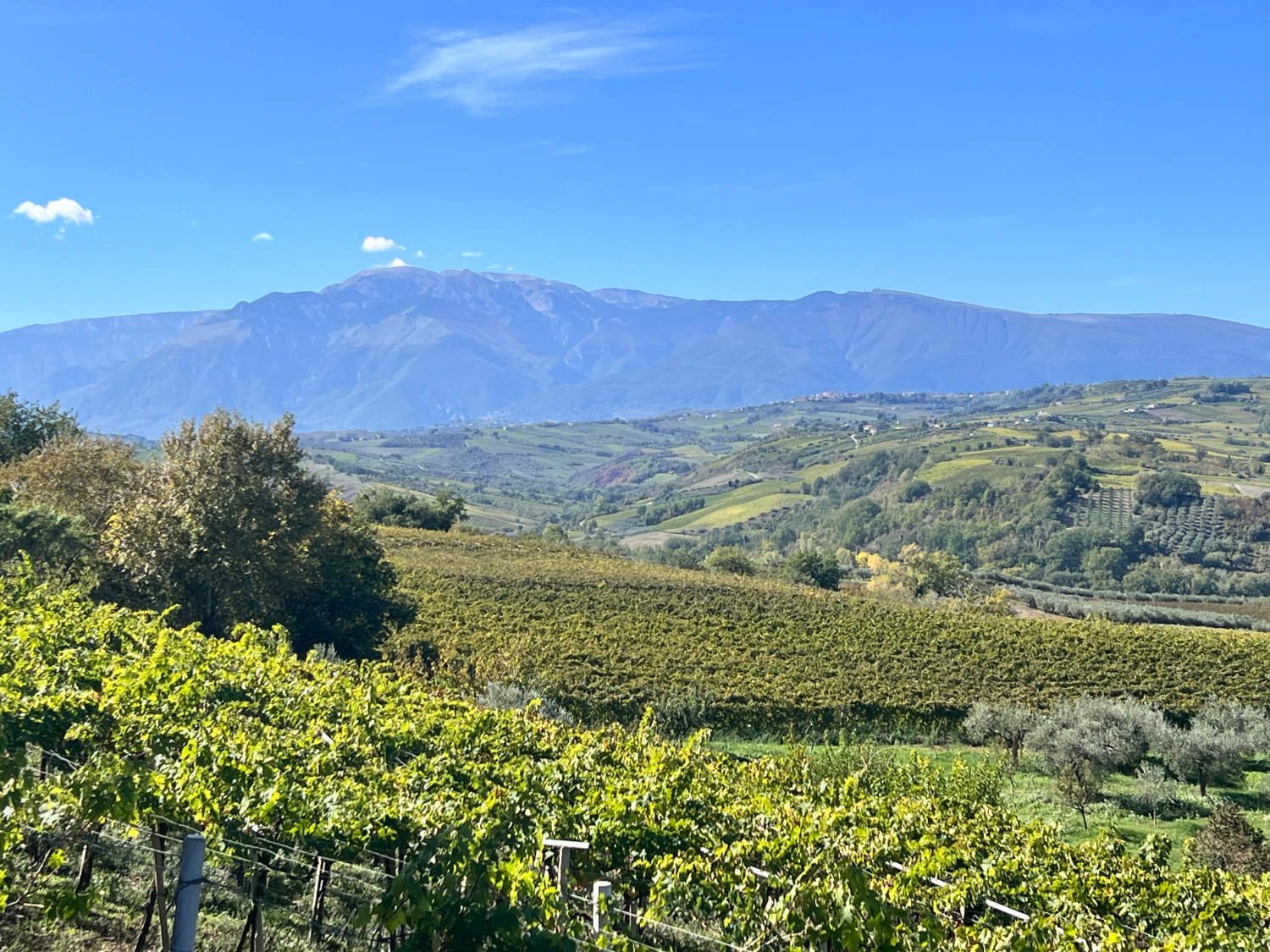
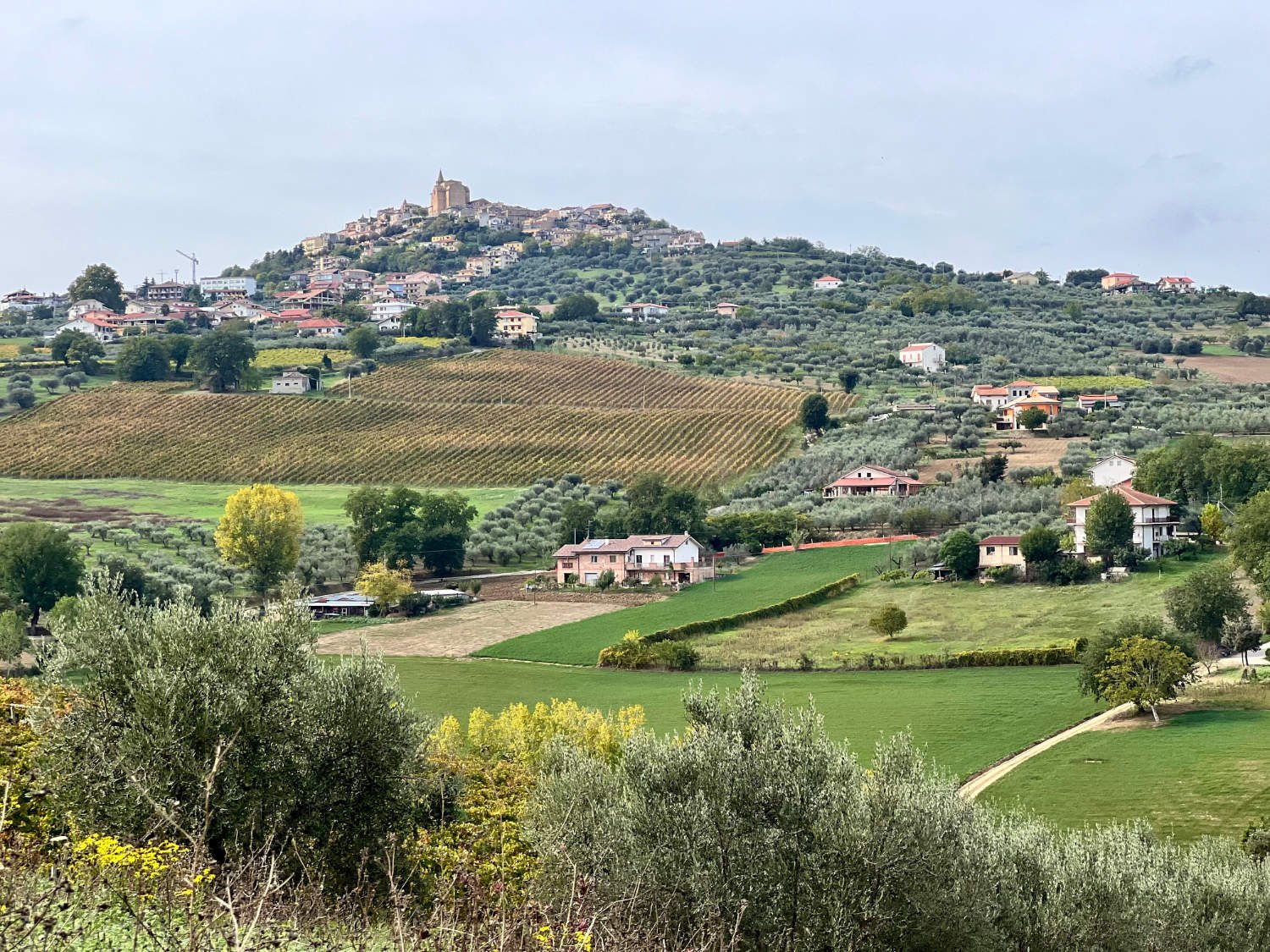
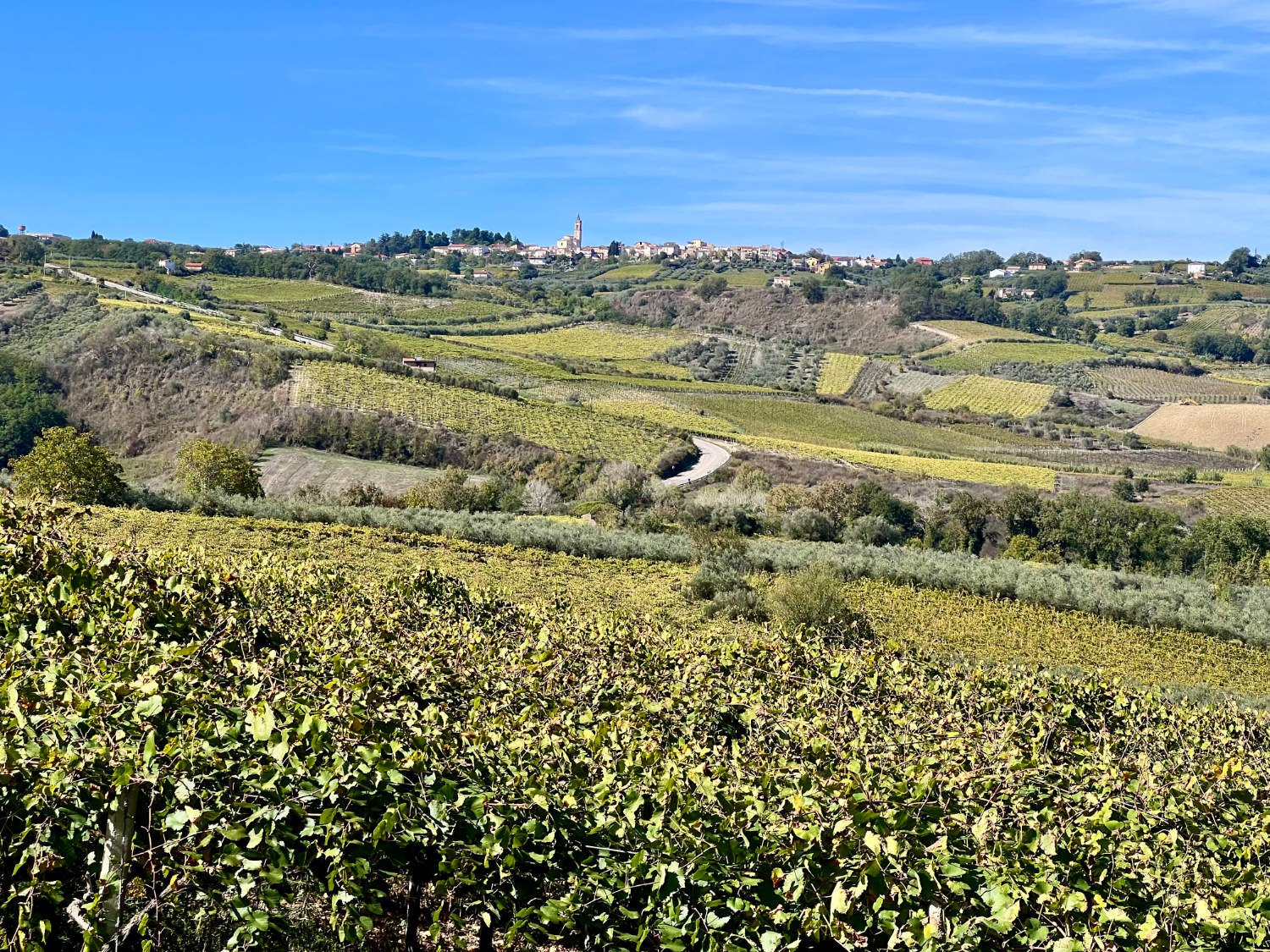
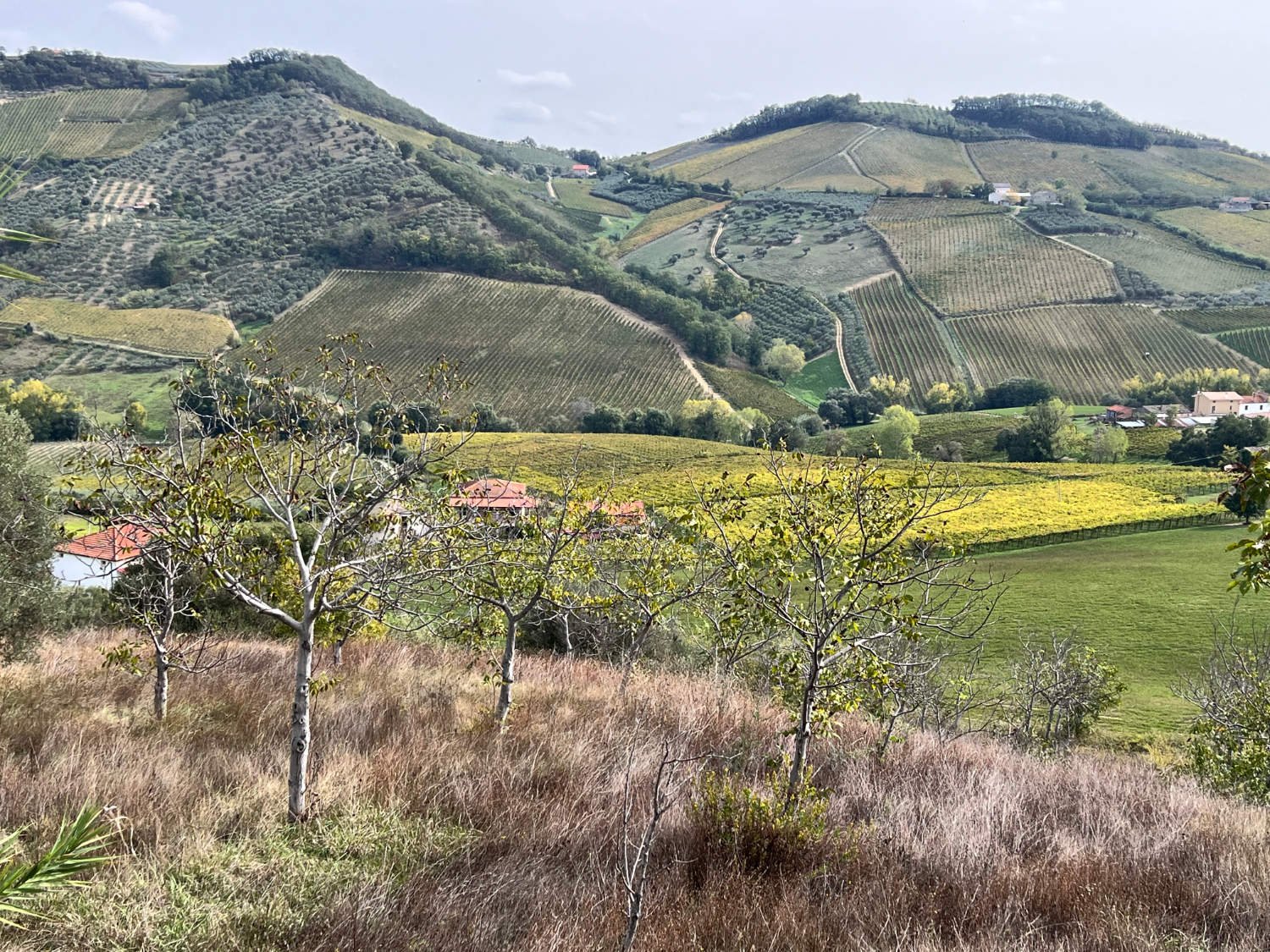
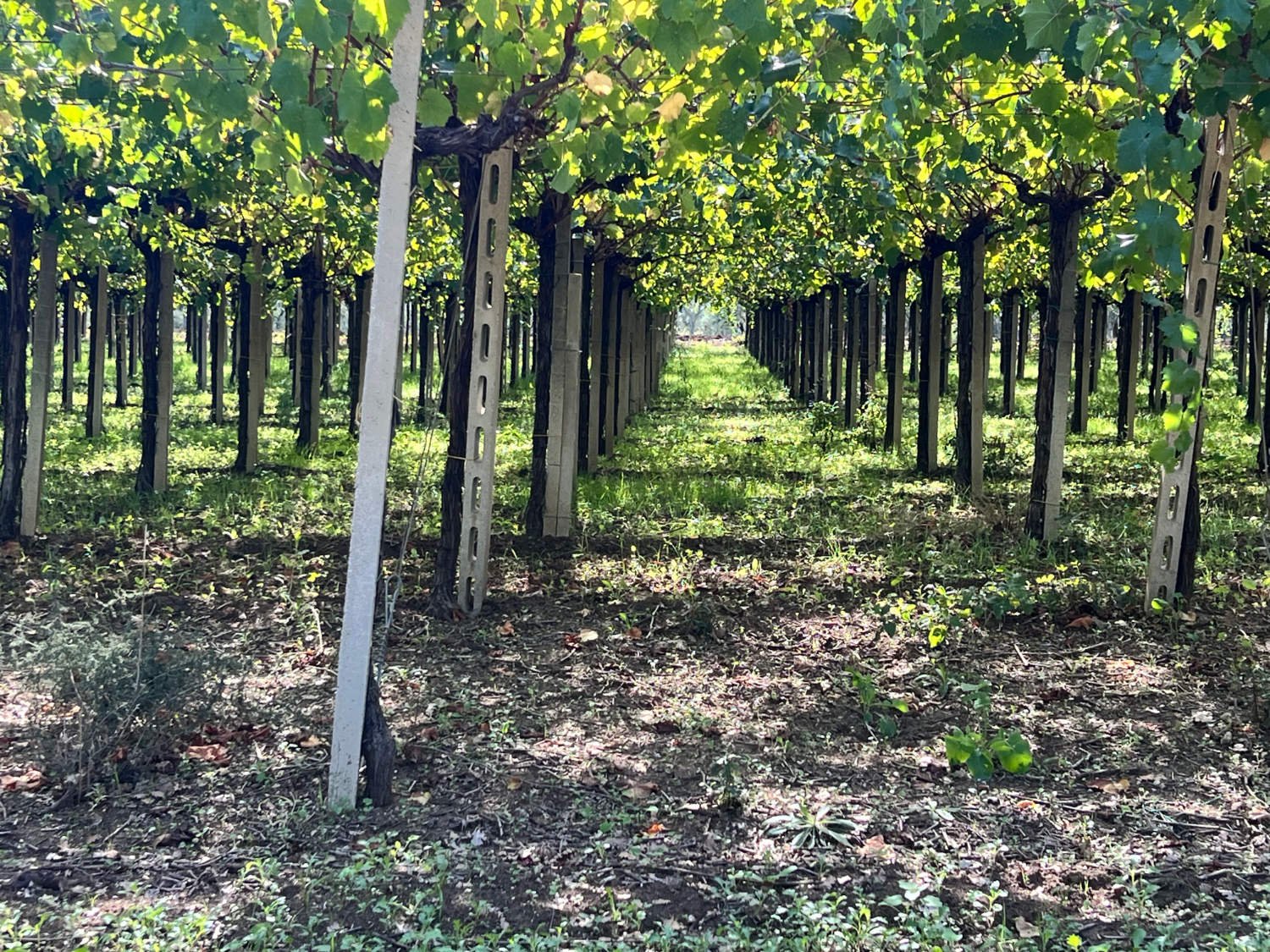
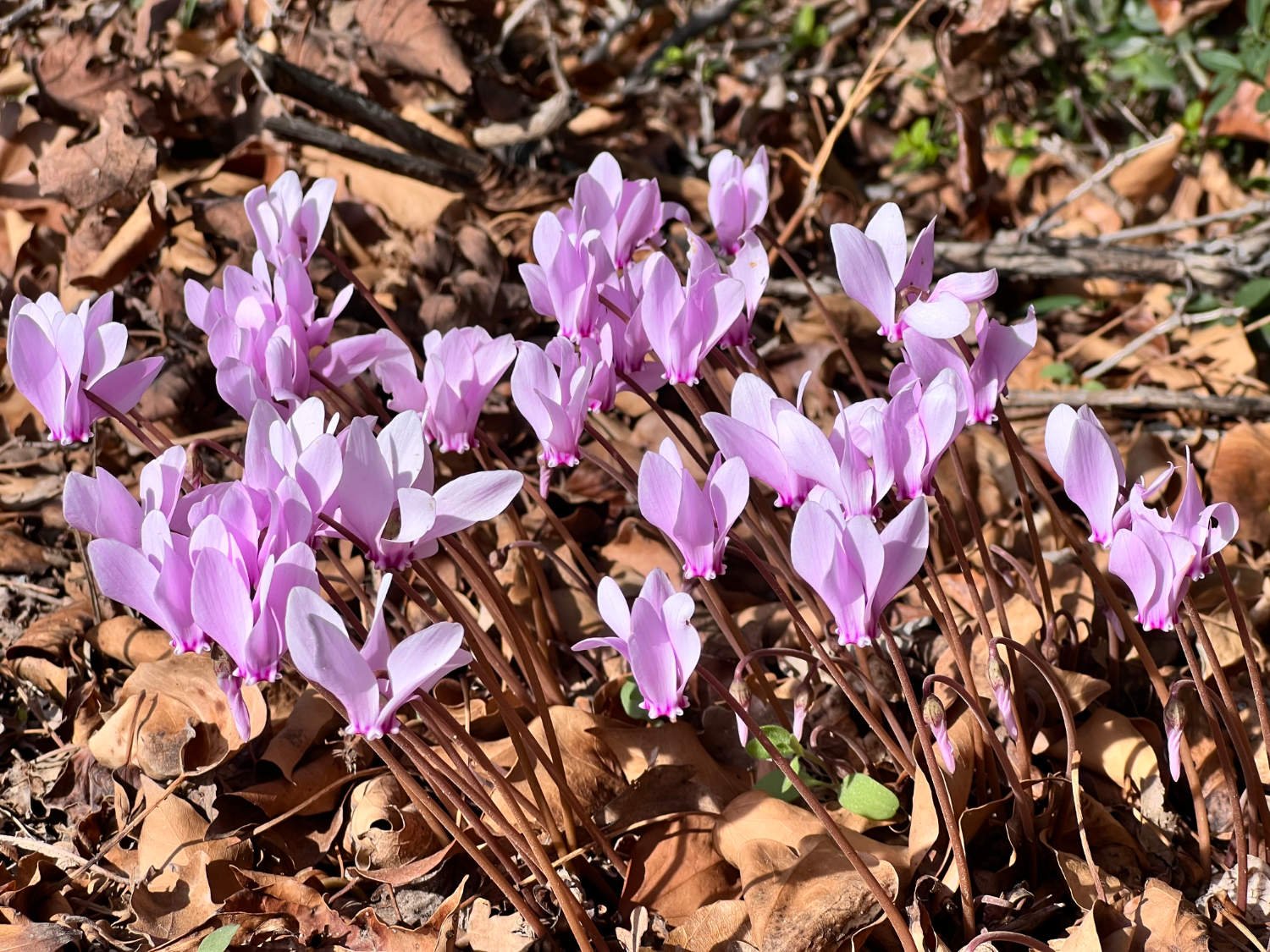
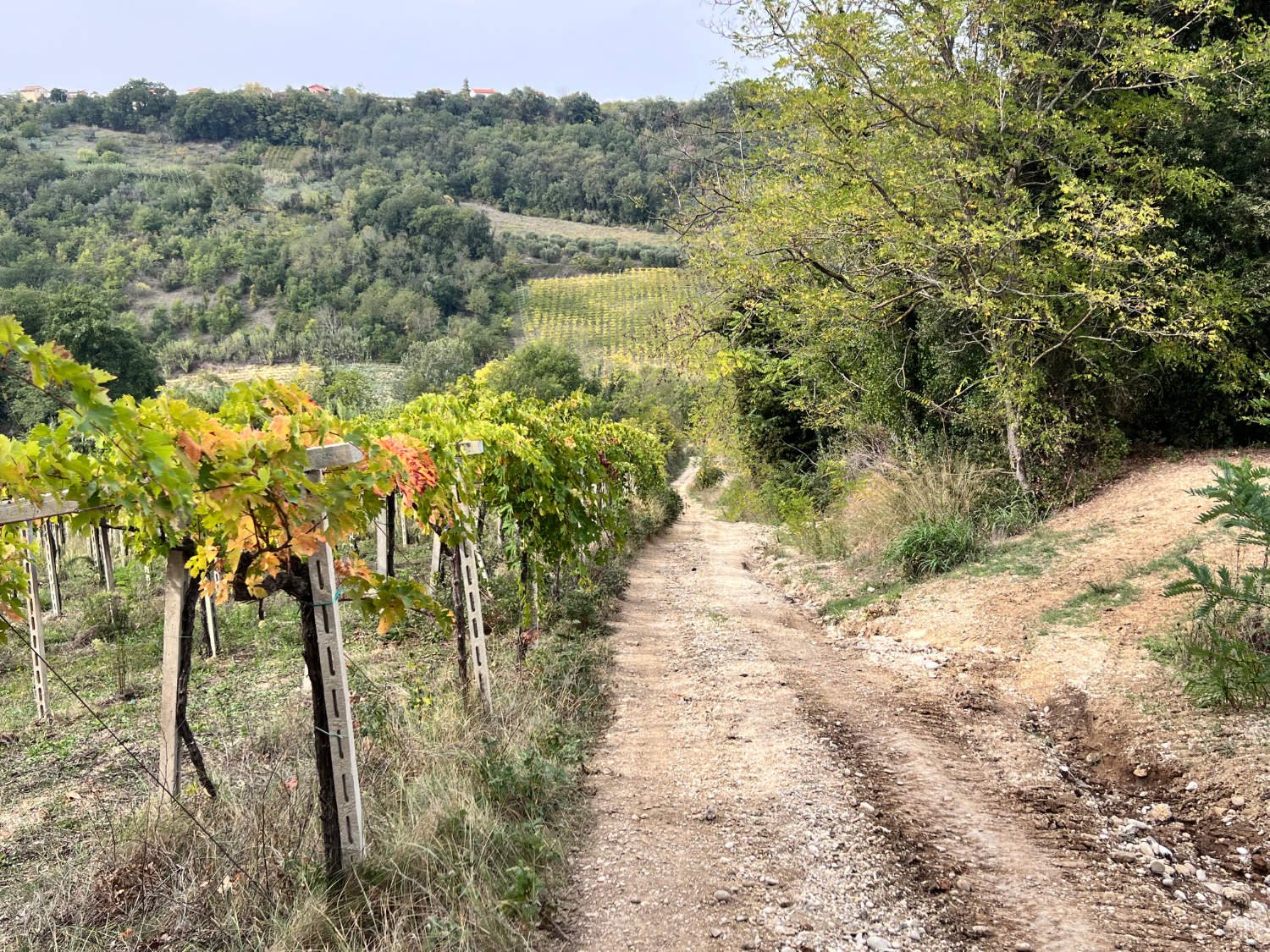
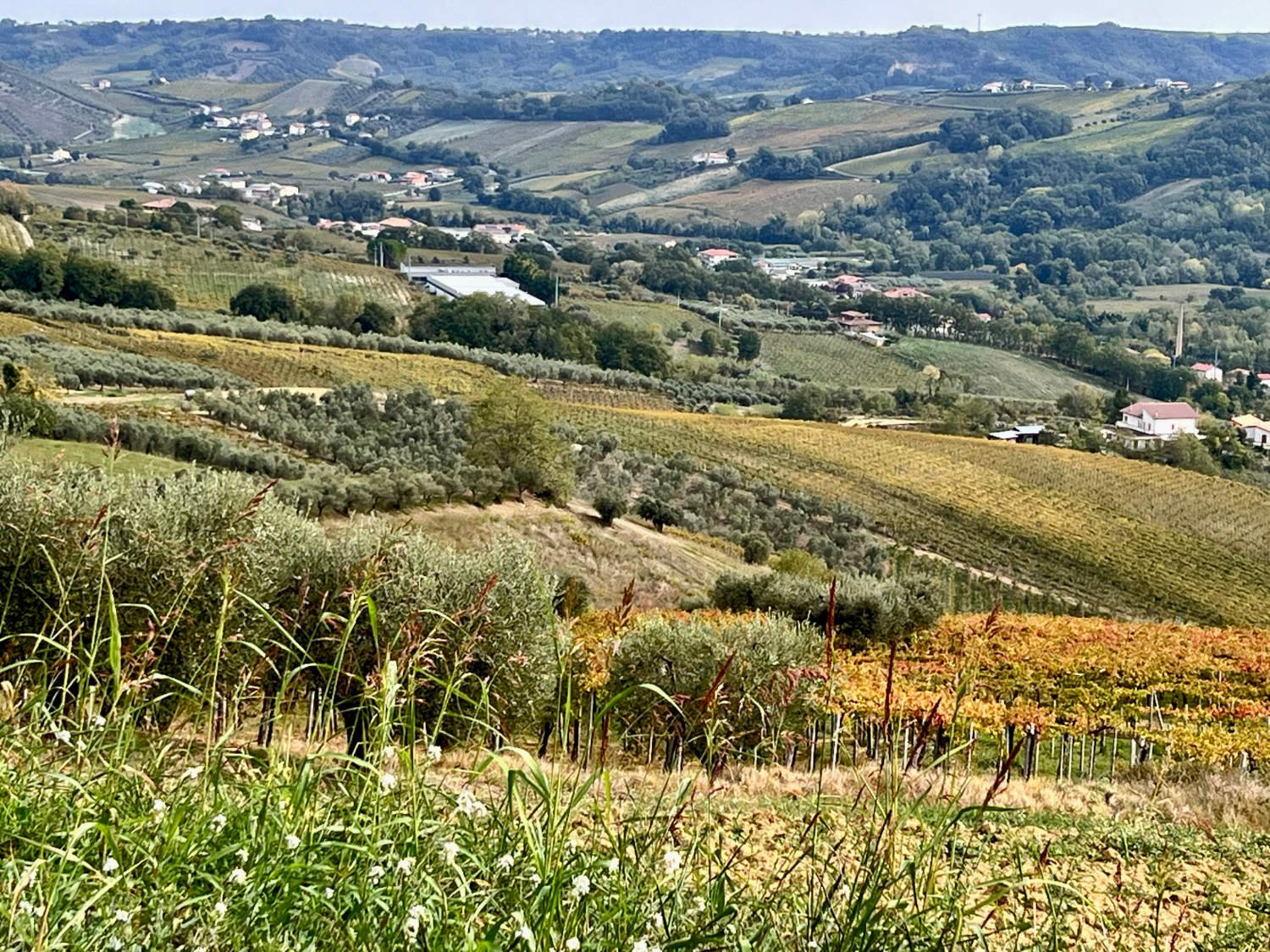
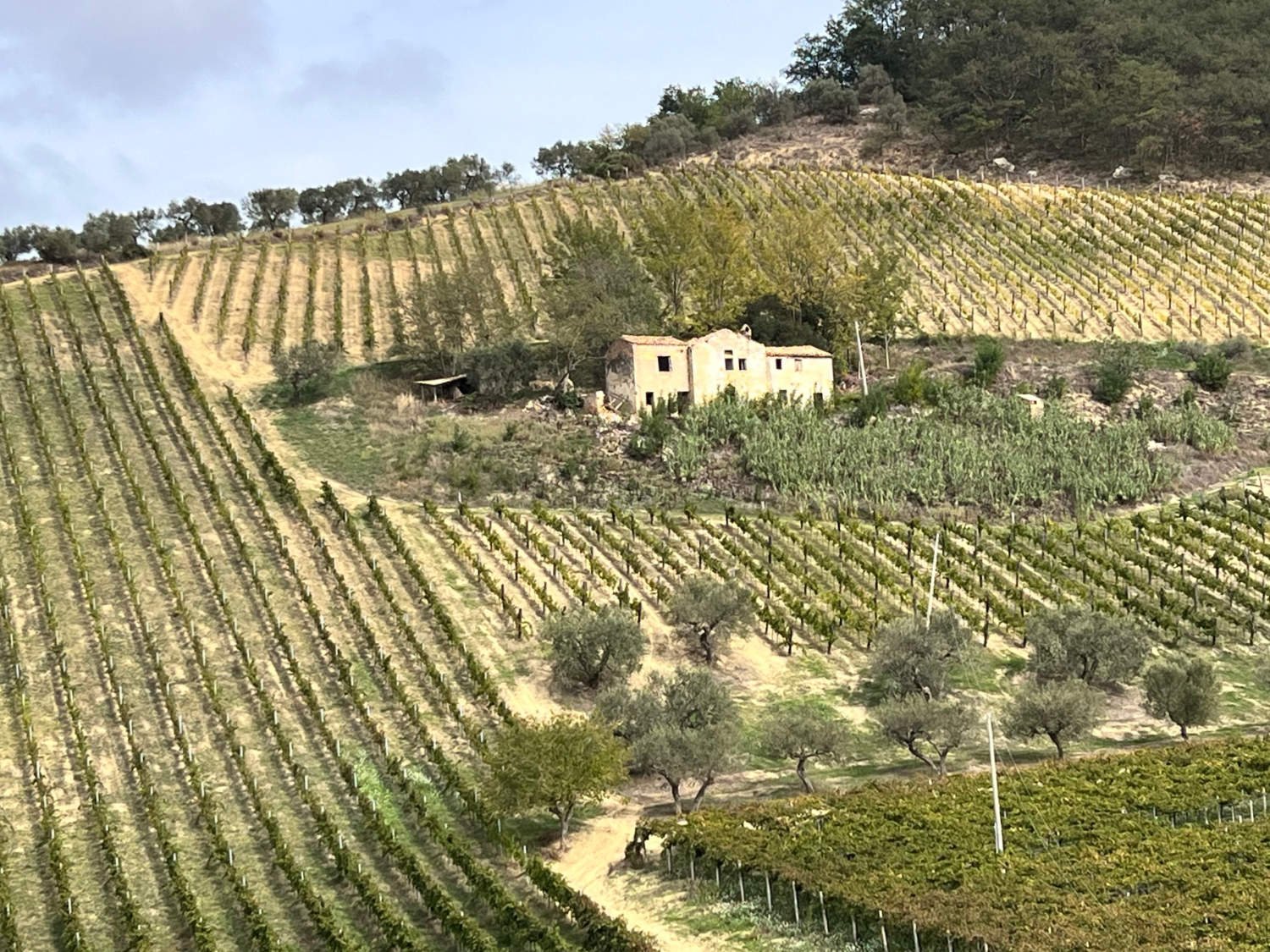
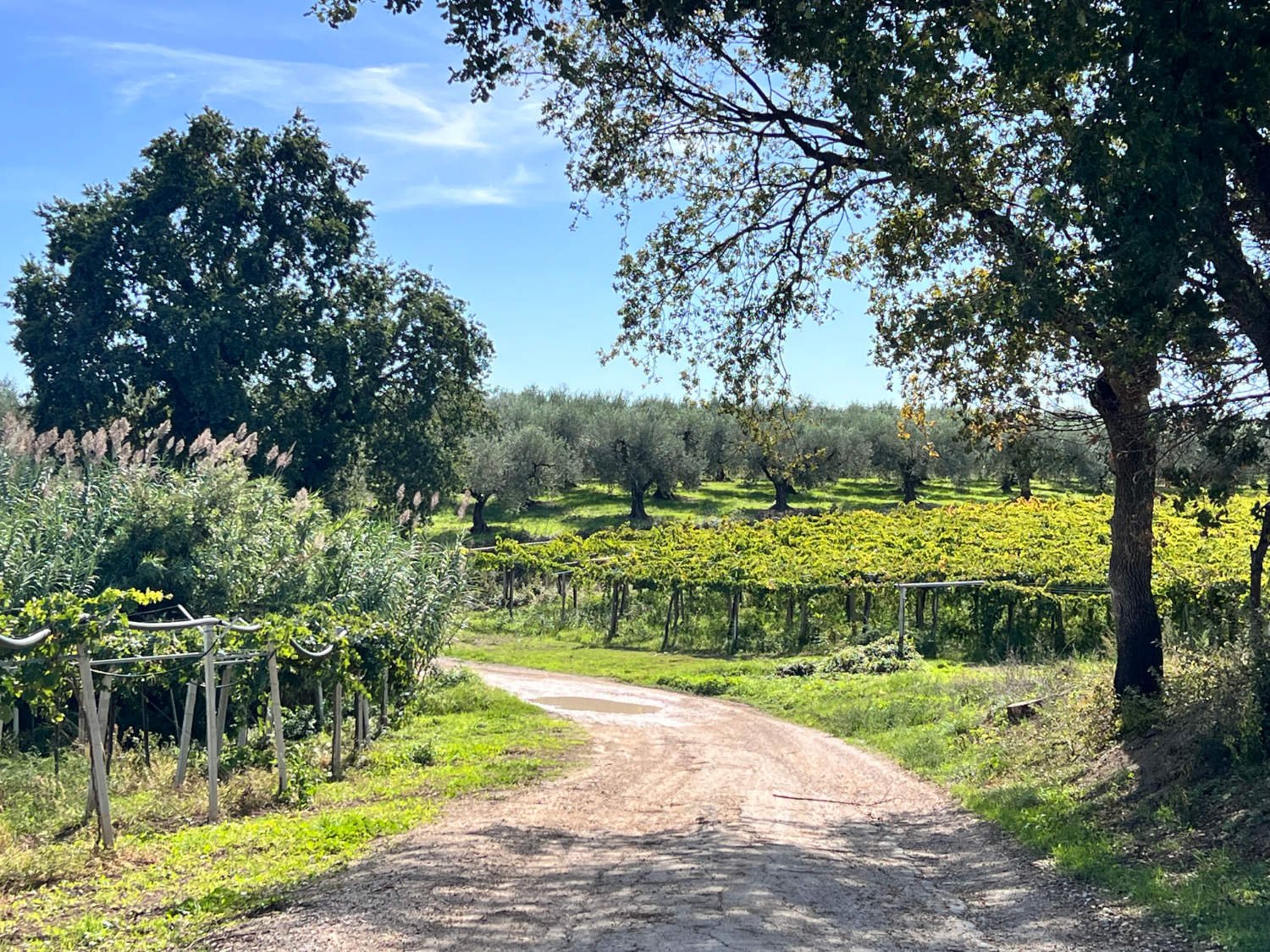
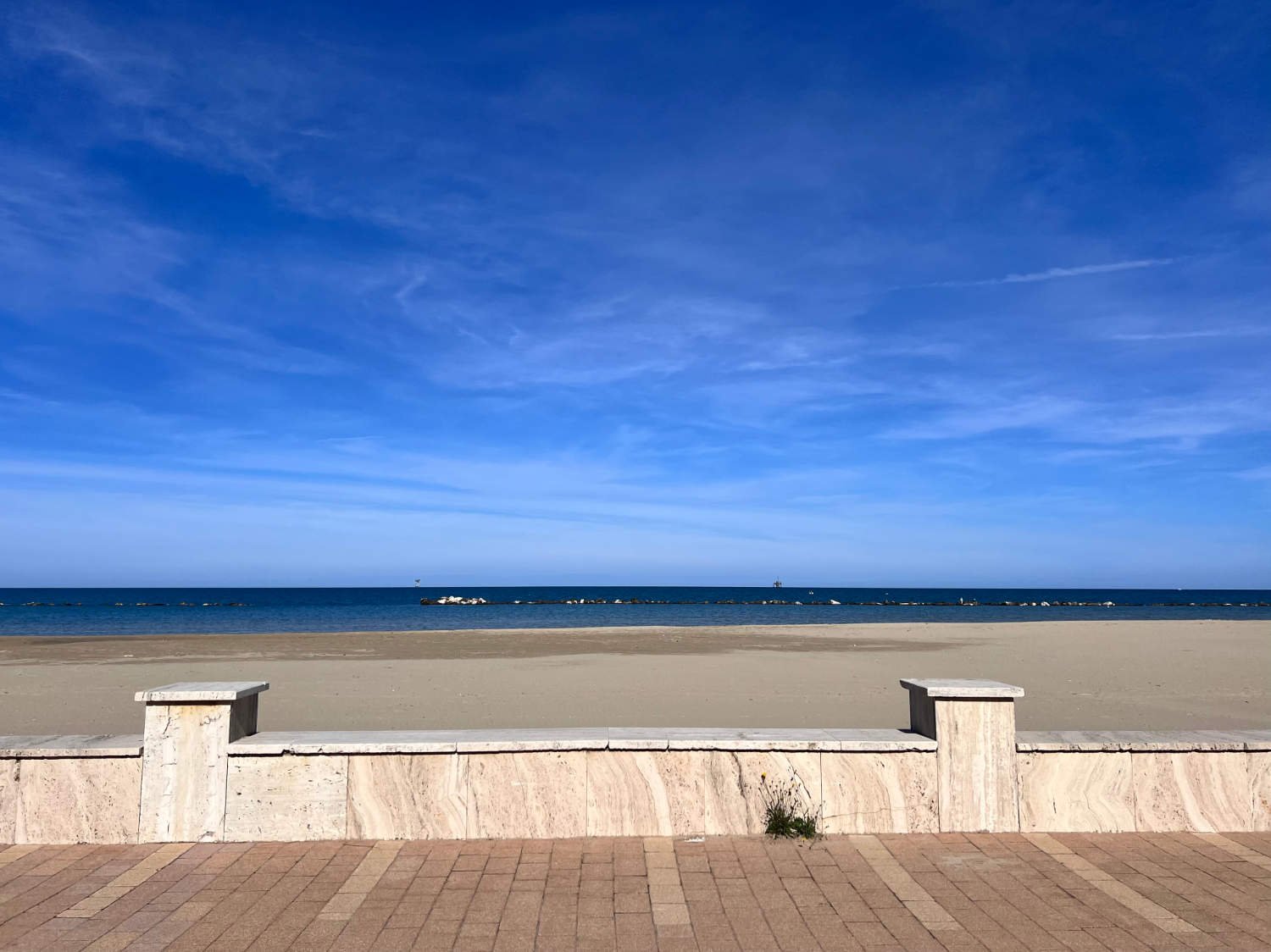
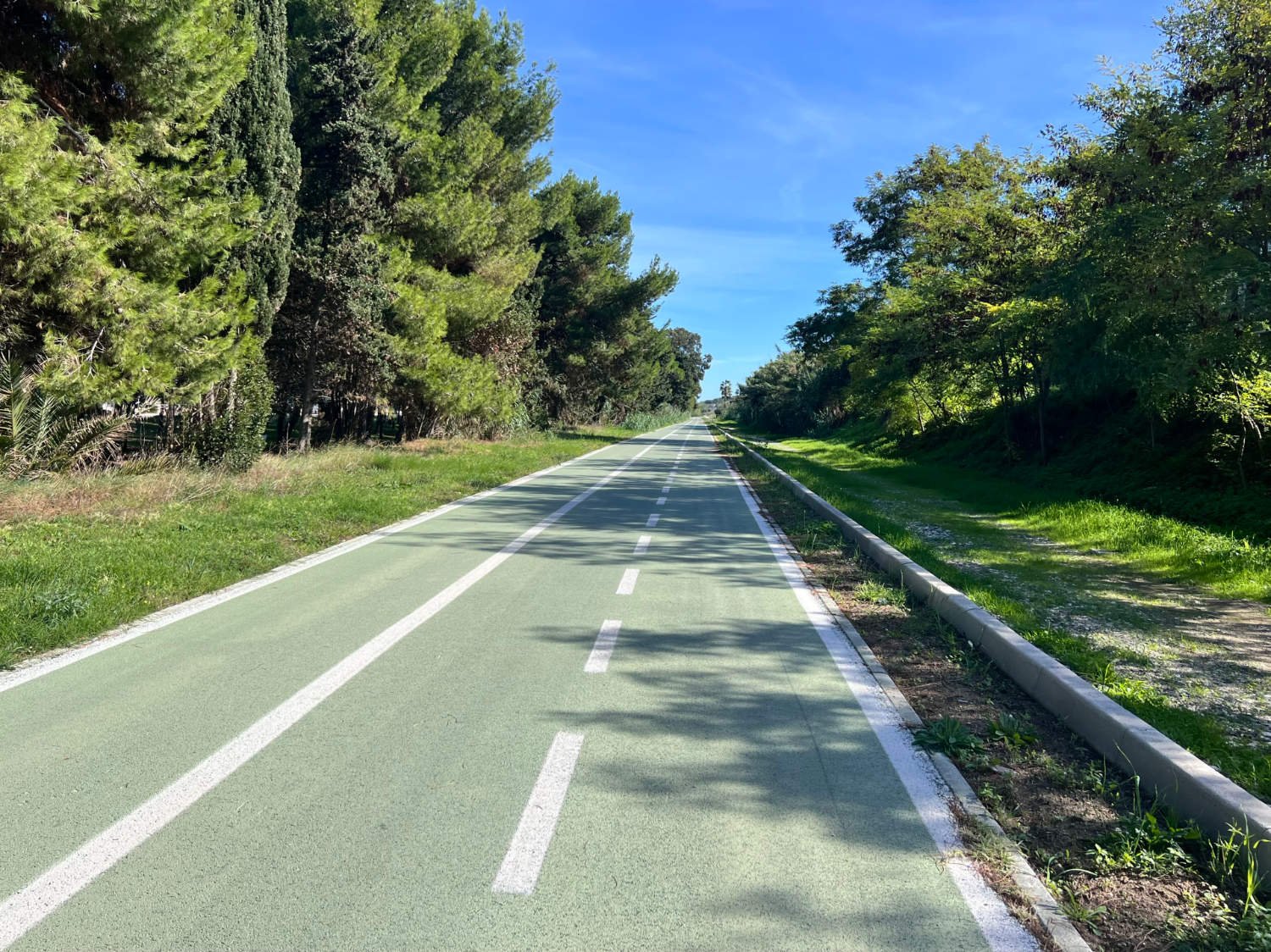
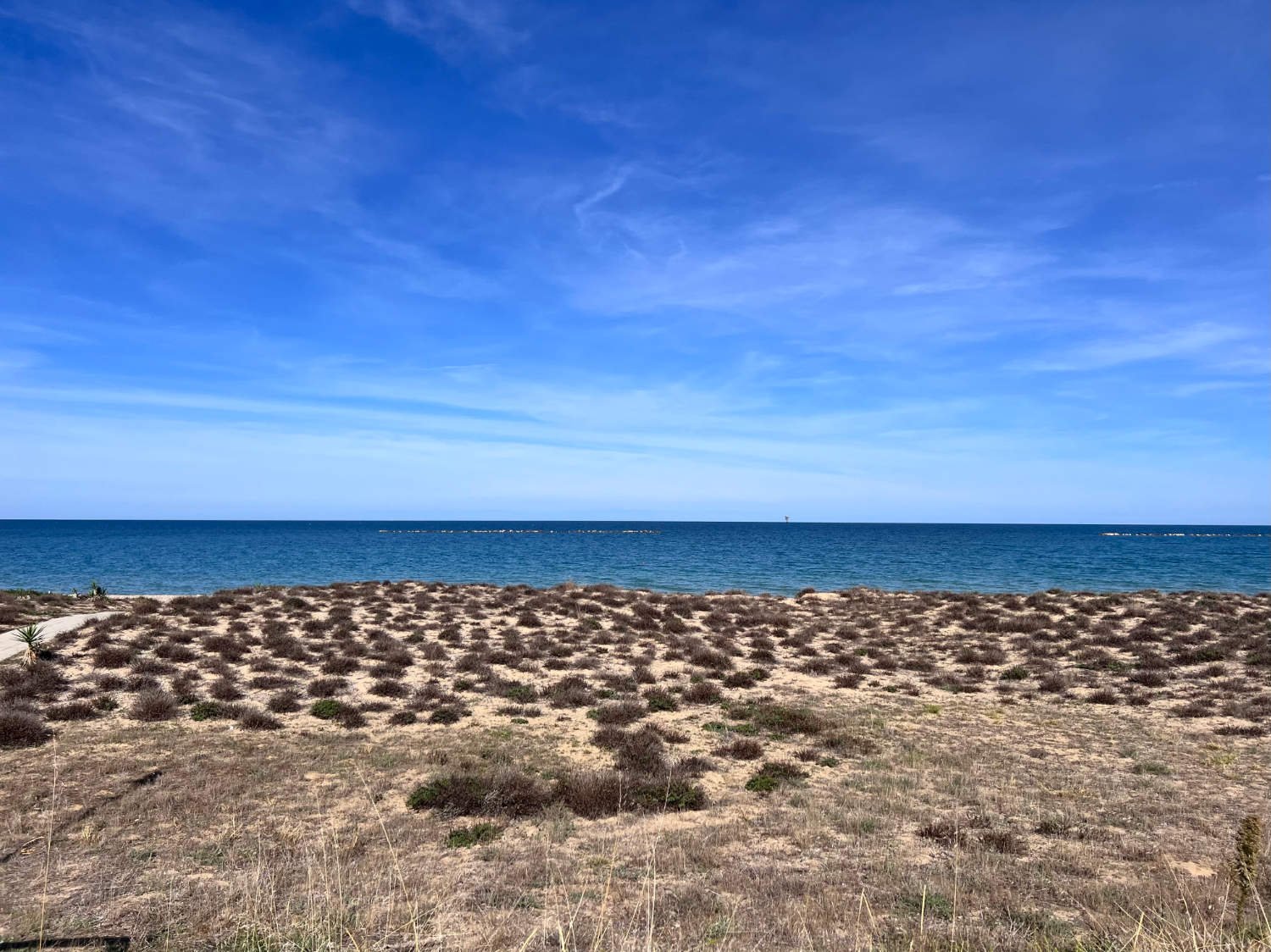
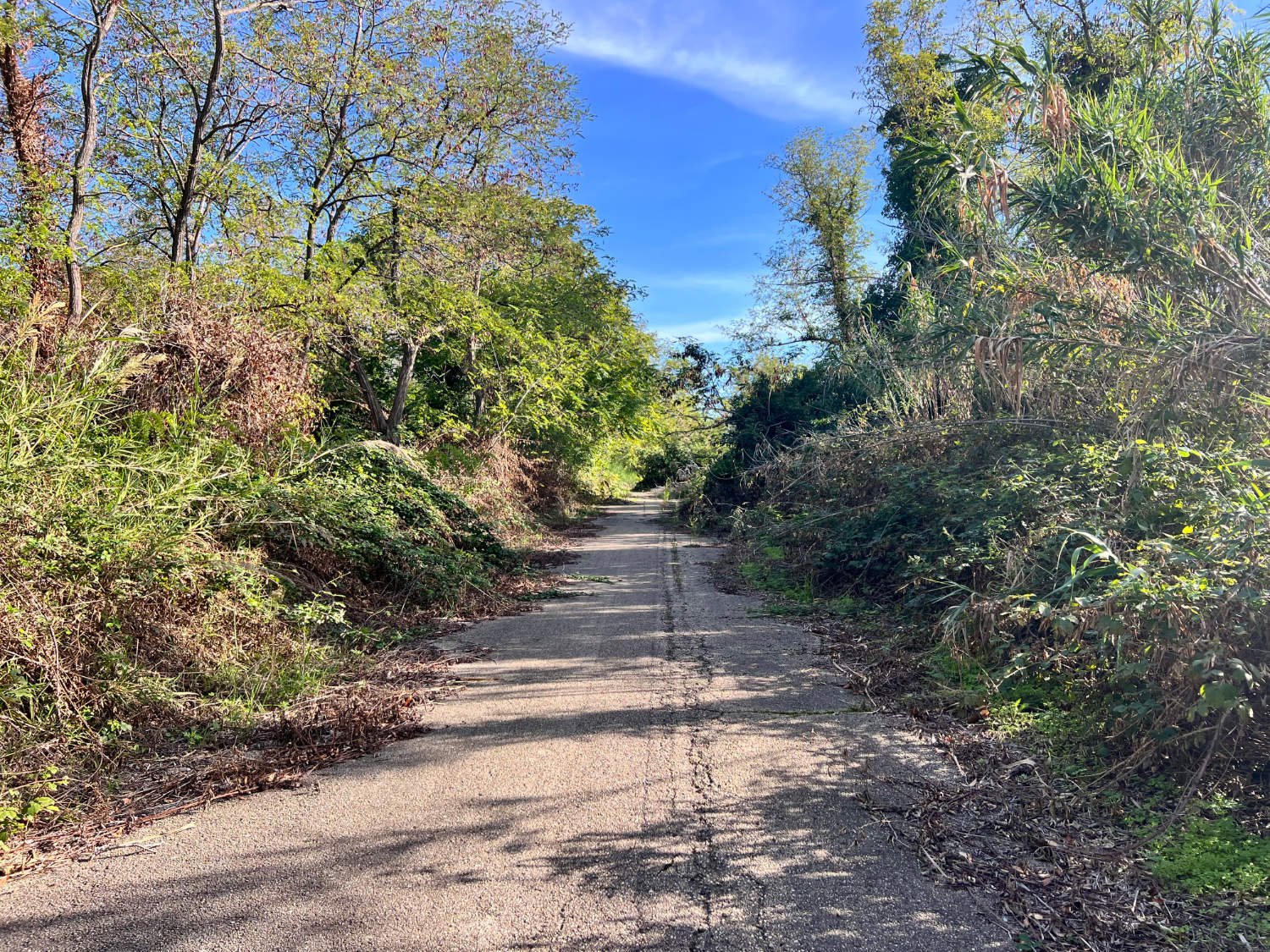
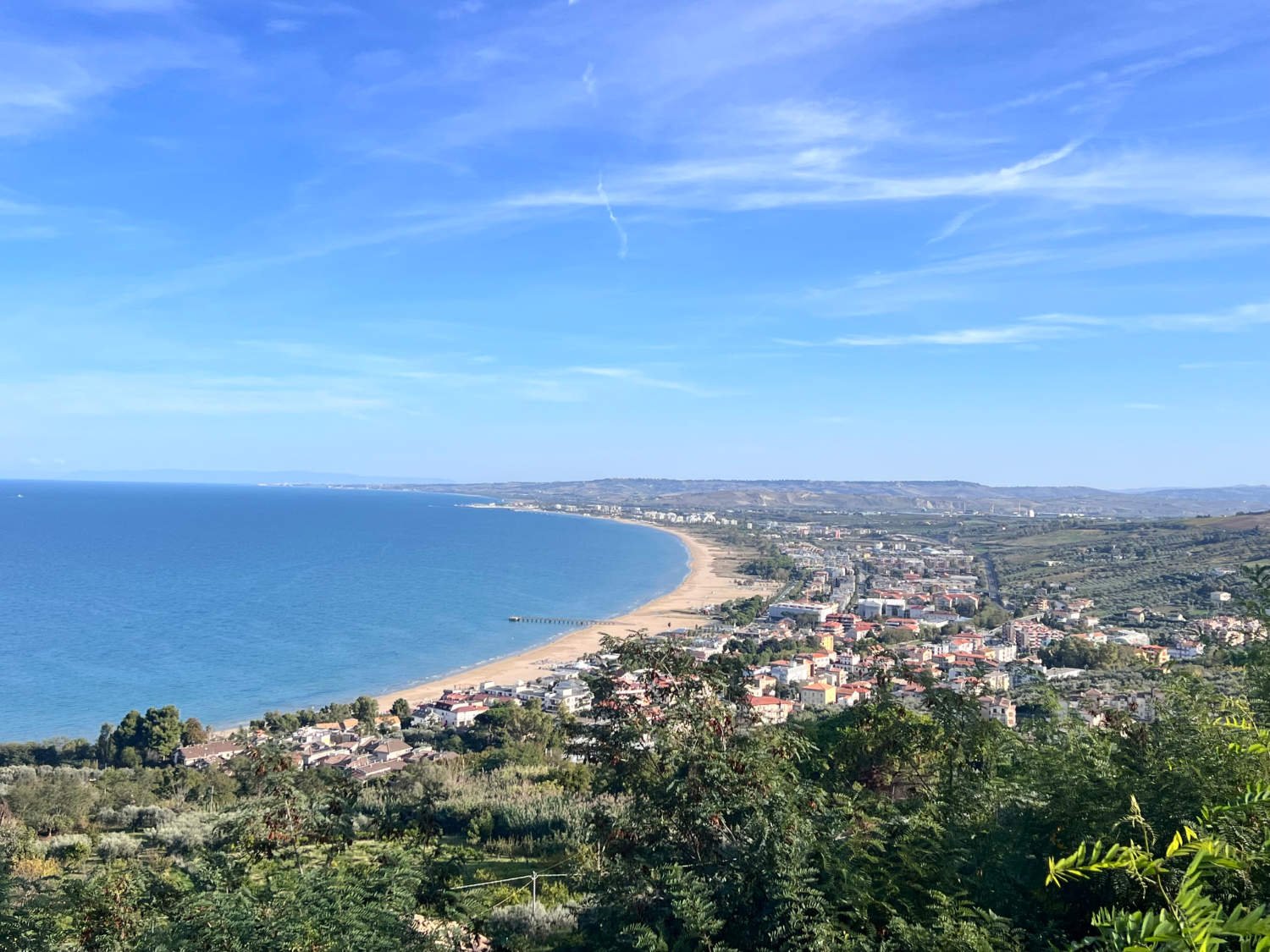
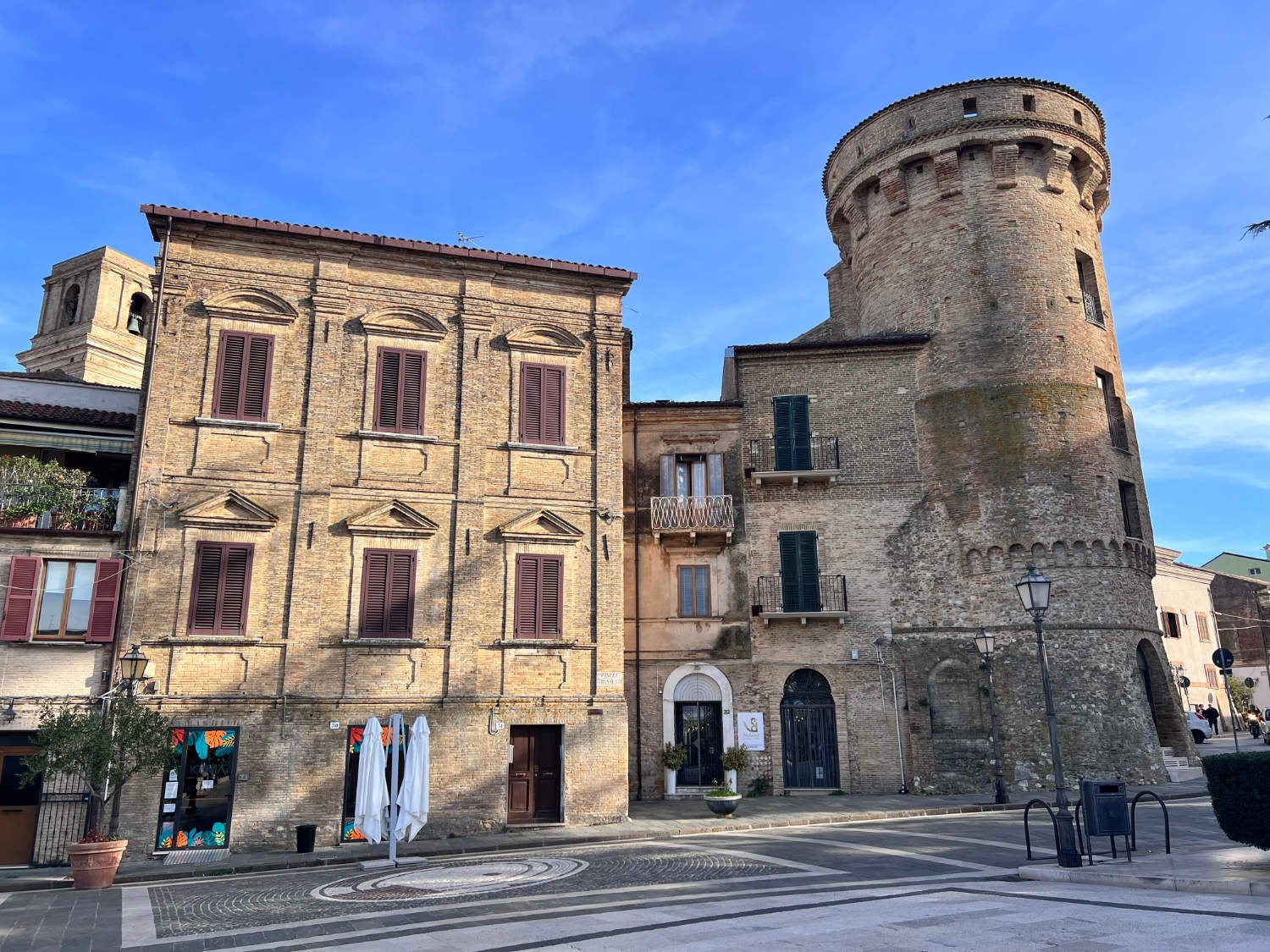
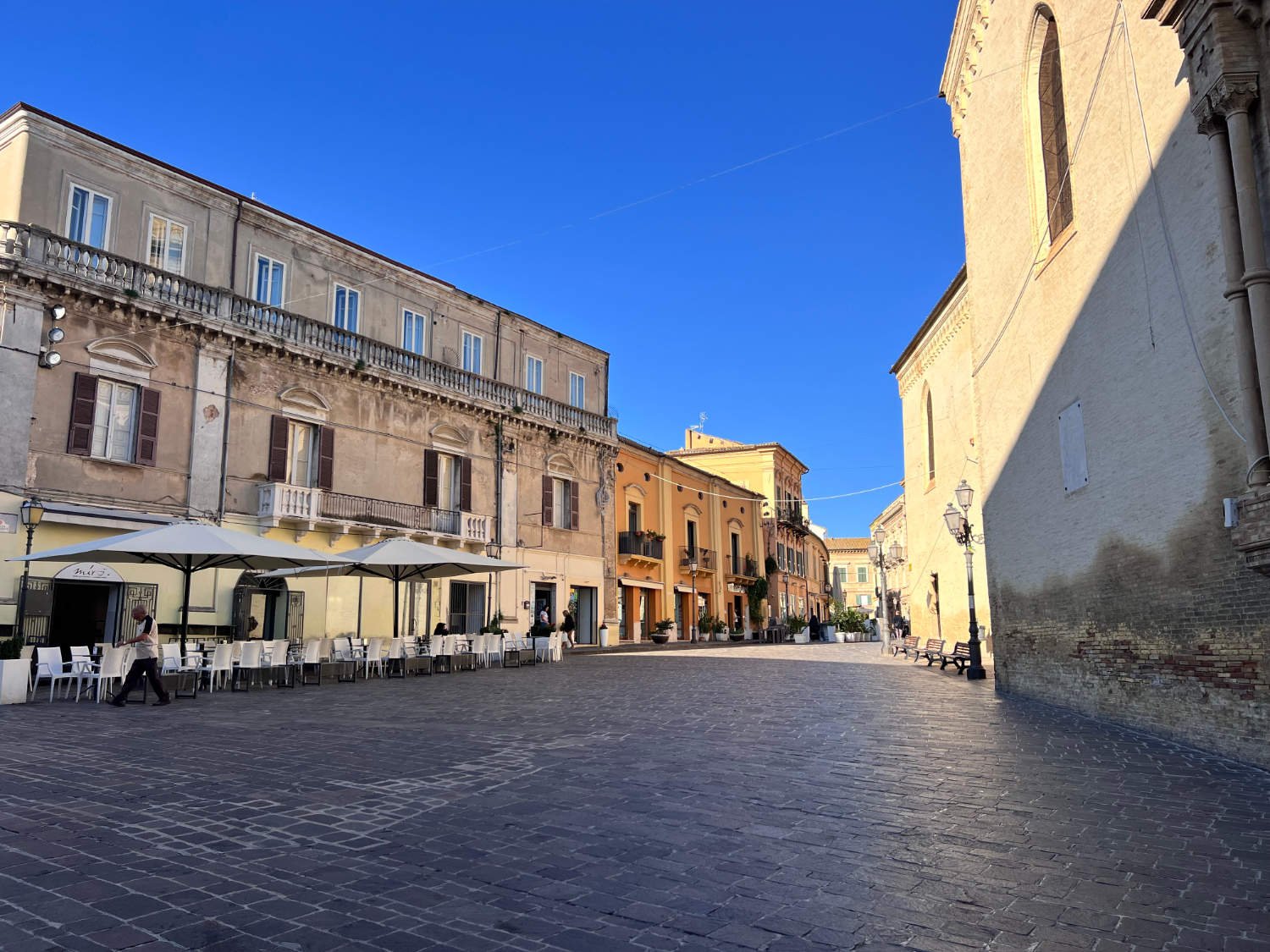
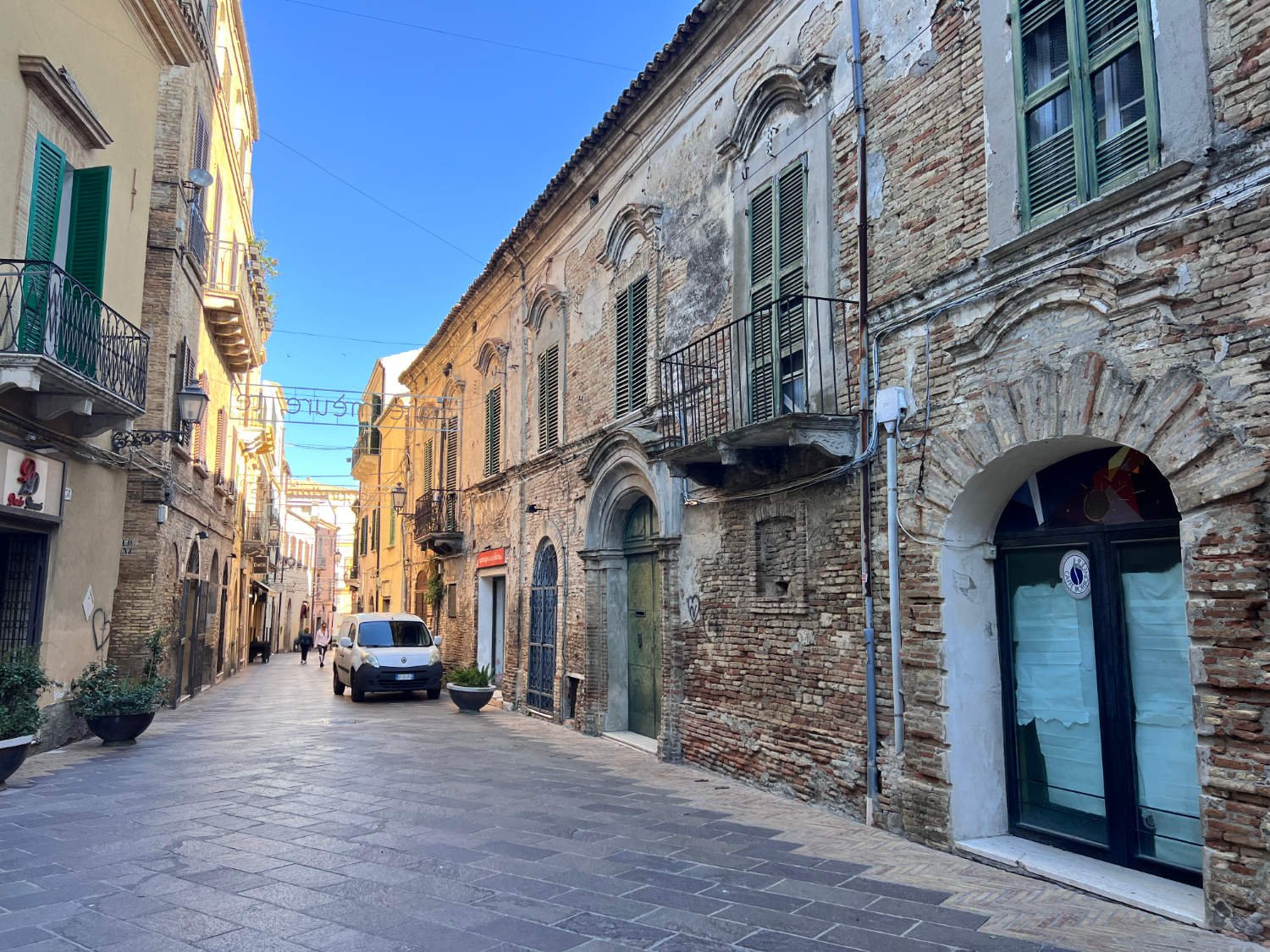
Ride practicalities
START/FINISH: Chieti/Vasto, DISTANCE: 92km TOTAL ASCENT: 4500m TERRAIN AND SURFACES: mainly off-road tracks through famrs and vineyards. Likely to be very muddy after rain. Some Quiet rural roads other than the roads out of Chieti and into Vasto. There are sections of hike-a-bike up some of the hills RECOMMENDED ACCOMMODATION*: Vasto; Casa Ocra RECOMMENDED FOOD/DRINK: Lanciano; Ai Vecchi Sapori, Vasto; Hostaria del Pavone MAINLINE TRAIN SERVICES: Chieti, Vasto San Salvo LINKS TO OTHER RIDES: Vineyard vestments, Winter on the Trabocchi coast
*Only places which meet WMWG criteria are listed. For other suggestions use your preferred App, e.g. Booking.com etc
Ride Notes
Day 2 of the Regio Tratturo is a very different affair from the first. Rather than rocky paths with mountainous views, there are vineyards and olive groves. In the latter half of the day, there is the sea to swim in. On the other hand, But in terms of difficulty, it is hard to separate the two days. Sheep, as you will find out today, don’t grade their ascents and descents by zig-zagging, but rather head straight on up (and down), quite oblivious to steepness. Clearly those herds have paid no heed to the needs of cyclists. Other than a couple of short deviations where either the undergrowth has become overly rampant, or the hill just too steep, today’s route follows almost precisely the ancient tratturo. There’ll be more pushing your bike up hill than you might have cared for, but settle into that and consider the walk a chance to drink in the view rather than deciding which rut you’re going to avoid. That said, the hills are neither especially steep nor long, and the going is not particularly rough, but my oh my, there is no flat land until you reach the sea.
Vineyards of Chieti province
The province of Chieti, one of the four provinces which make up the region of Abruzzo, is said to be the 5th largest wine producing area in Italy. It’s main production centres around Montipulciano d’Abruzzo, Pecorino and Trebbiano wines. For much of the area’s history, the grapes have produced little more than ordinary table wine, but this is changing and there are now some very classy vintages.
The views across the rolling tides of hills towards the Maiella Massif are stupendous. However, for those who toil on the soil, the views are not their main concern. Farming on these steep hills which are prone to landslides, drought and flooding is very hard. The many abandoned farmhouses testify to this. And it’s not just the farmers who find this land tough - for it is raining, or has just rained, you too are in for a taxing day; great clods of mud will stick to both your tyres and shoes. Progress will be debilitatingly slow. Shepherds of course, would have just got on with it, cussedly and determindly, their flocks only concerned with the availability of grass.
The rhythm of the day begins quickly after leaving Chieti. You ride on a mix of narrow roads and baked earth tracks. You’ll push up some of the steeper hills, and you’ll pause from time to time to feast on the views both of the distant Maiella as well as in the near foreground of vine leaves turning, and the picturesque but melancholy sights of abandoned farmhouses. And when your passage reaches the deeply wooded valley floor or you ride through the high banks of the giant reeds, you’ll ring your bell, or shout loudly as pass in order to alert any wild boar not to bother you.
Lanciano
In time - perhaps mid-morning, you’ll arrive in the historic town of Lanciano. It is a busy place, whose peripheries are filled with light industry and the approach on a short road section will not be traffic-free. There are the usual glut of churches should you wish, including Chiesa San Francesco where, according to Catholic tradition, a monk who in the 8th century was celebrating the Eucharist without truly believing in the transubstantiation of bread into the body of Christ. During the celebration of the host Divine intervention turned the host into real flesh, the wine into real blood. The heart is still there, framed in ornate silver for those who wish to be awed by (and believe) such a thing. On a more prosaic note, there are plentiful cafés for topping up on coffee and Italian pastries. And if your energy is spent, there are hotels where you may rest, restaurants where you may eat. (Ai Vecchi Sapori is as good as any).
Know as you rest with a coffee in Lanciano, that the way ahead to Vasto is significantly easier, that there are almost no hills to climb and that sea shore awaits you. After leaving Lanciano, there’s a short deviation off the tratturo in order to avoid a horrendously busy main road. Once the tratturo is regained there’s a jingling descent on a rough track to the Sangro valley. Here, there are some moments of flat and fast tracks to enjoy as you ride across a valley covered in vineyards and fields of vegetables. There’s a short climb out of the valley, then it really is downhill all the way to the sea.
Lunch beside the sea
There are old grainy photos of huge flocks eating the salty grass on the long sandy beaches of the Adriatic as they made their way south and it is easy to imagine such a thing as you ride on this most untypical stretch of Adriatic coast, since the beaches here are a mix of rough grass, sand and sea. The tratturo is transformed from a farm track into a cycle path, known as the Via Verde, and after all the jiggling on rough roads and the ups and downs through the vineyards, to ride on a smooth, flat and traffic-free path is an ease that’s been unimaginable all day. Casabordino is a low key seaside town, where there’s a range of lunch options offering pastas and seafoods and jugs of local white wine. Refreshed and fortified, you leave the Via Verde, head back inland using more tracks and a disused road that is being reclaimed by the woods. For the final run into Vasto, the tratturo is again cast as road, the SP 57.
Vasto
Unsurprisingly, the tratturo avoids towns. You’d not want your sheep getting lost amongst those narrow little vicos and lunching on pots the pots of geraniums outside houses, so the tratturo by-passes most towns including Vasto. However for the cyclist, Vasto is too pretty a place to avoid, so the route heads into town. Once accommodated (Casa Ocra is as good as any), head off to join the Vastese on their evening passaggiata. The view down the coast from the Via Adriatica is spectacular; a great curve of a bay stretching to the Gargano peninsula, and the hillside packed with clouds of oleander, palms and olives trees. Bits of old pillars, bricks and stones are repurposed, and on one such wall, overlooking the bay, is a door. Which leads nowhere. It is all that remains of the Chiesa di San Pietro, since the rest of the church was dragged down the hill towards the sea in the 1956 landslide. Dinner could be had at the Hostaria del Pavone.
Every route on this website has been carefully researched as well as ridden. However situations on the ground can change quickly. If you know of changes to this route, or cafes, pubs and the like which you think other cyclists need to know about, feel free to share your thoughts below.
If you enjoyed this guide, why not subscribe to the website so as not to miss other inspirational routes?
wheremywheelsgo.uk is a Feedspot UK Cycling top website





